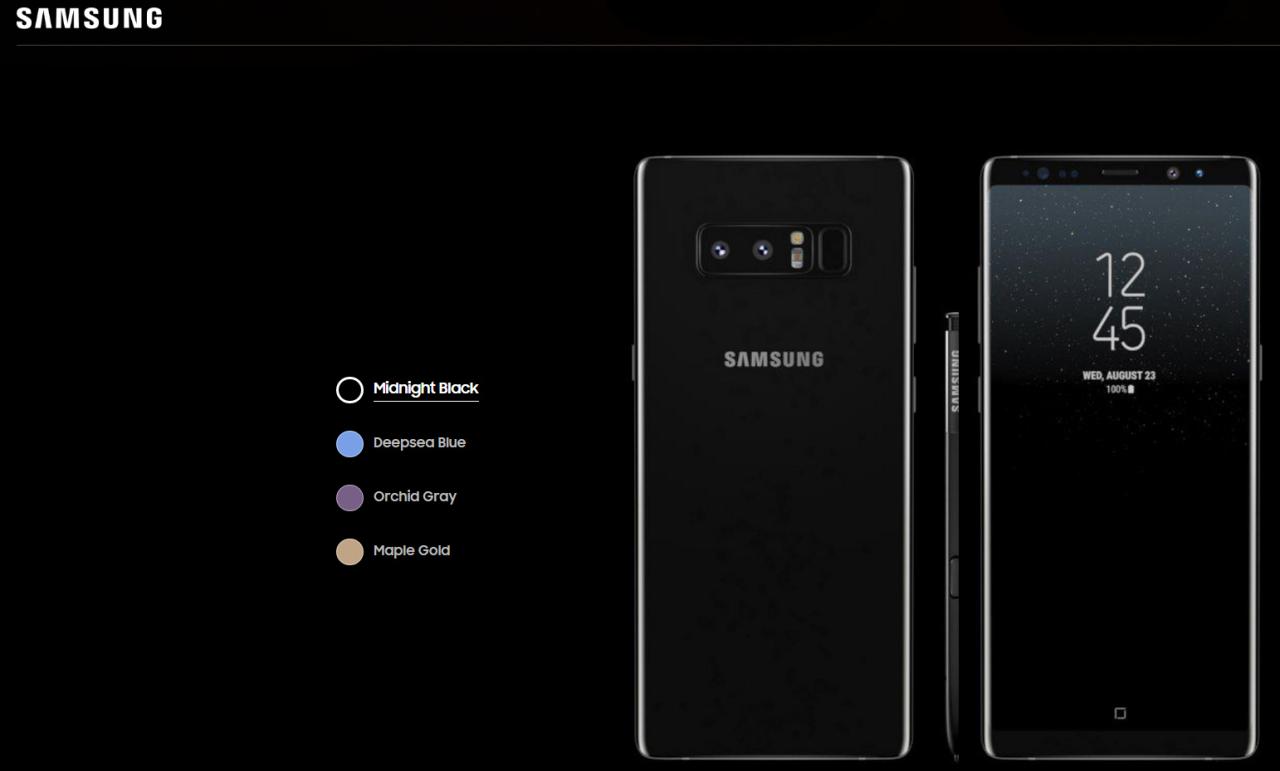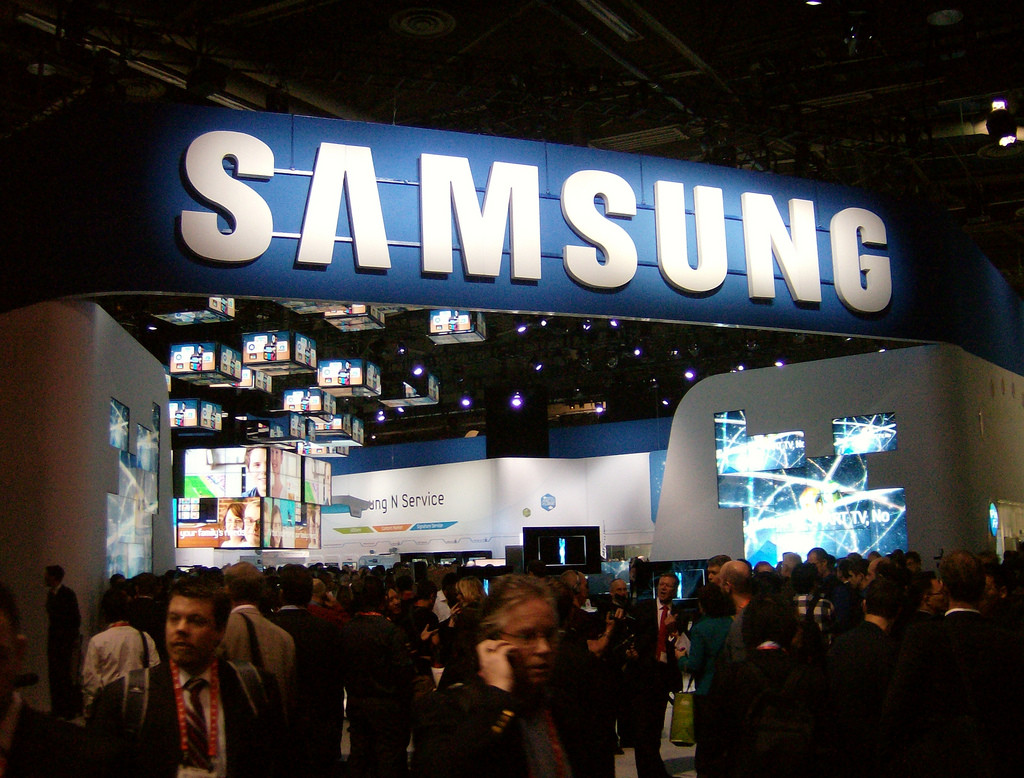samsung galaxy s ii stands as a pivotal milestone in the evolution of smartphones, captivating users with its innovative features and captivating design. Released in 2011, it marked a significant shift in mobile technology, combining power and elegance in a sleek package. From its vibrant Super AMOLED display to its cutting-edge camera capabilities, the Samsung Galaxy S II was designed to meet the needs of a rapidly changing digital landscape.
With its impressive specifications, including a dual-core processor and advanced user interface, the Samsung Galaxy S II enhanced the everyday experience for users. Its lightweight design and robust performance set it apart from competitors, making it a popular choice for tech enthusiasts and casual users alike. The smartphone not only met but often exceeded expectations, creating a loyal following that contributed to its legacy.
Features and Specifications of Samsung Galaxy S II
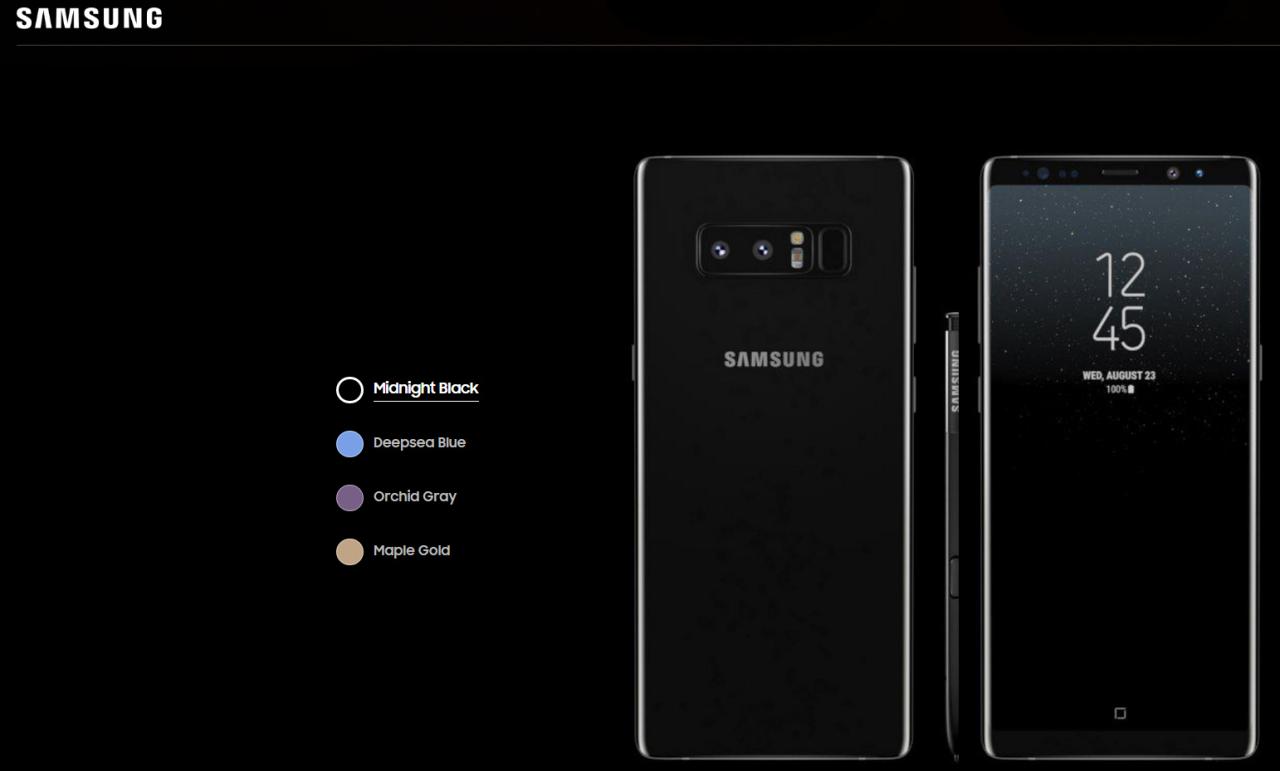
The Samsung Galaxy S II was launched in 2011 as a significant evolution of the original Galaxy S, boasting a range of features and specifications that set it apart in the smartphone market. With its advanced hardware and software capabilities, the Galaxy S II quickly became a favorite among tech enthusiasts and casual users alike.
The Galaxy S II offers a blend of cutting-edge technology and user-friendly design. It was one of the first smartphones to utilize a dual-core processor and come equipped with a super AMOLED display, which provided vibrant colors and deep blacks. This combination of features contributed to a smooth user experience, whether browsing the web or playing games.
Main Features
The Samsung Galaxy S II introduced several key features that distinguished it from its contemporaries. These features include but are not limited to:
- Super AMOLED Display: The 4.3-inch display offered an impressive resolution of 800 x 480 pixels, providing excellent visibility both indoors and outdoors.
- Dual-Core Processor: Powered by a 1.2 GHz dual-core Exynos processor, the device ensured fast performance and efficient multitasking capabilities.
- Lightweight Design: Weighing only 116 grams, the Galaxy S II was remarkably light for its time, making it comfortable for prolonged use.
- Android Operating System: Initially launched with Android 2.3 (Gingerbread), it later received updates to support newer versions, enhancing user experience with better functionality.
- Camera Capabilities: The smartphone featured an 8 MP rear camera with autofocus and an LED flash, enabling high-quality photos and 1080p video recording. Additionally, it had a 2 MP front-facing camera for video calls.
- Storage Options: Users could choose between 16 GB or 32 GB of internal storage, expandable via a microSD card slot, allowing for ample space for apps and media.
- Battery Life: The 1650 mAh removable battery provided reliable performance, ensuring the device lasted throughout the day on a single charge.
Technical Specifications
The technical specifications of the Samsung Galaxy S II highlight its impressive capabilities that appealed to a broad audience. Below is a detailed table of its specifications:
| Specification | Details |
|---|---|
| Processor | 1.2 GHz Dual-Core Exynos |
| RAM | 1 GB |
| Storage Options | 16 GB / 32 GB (expandable via microSD up to 32 GB) |
| Display | 4.3 inches Super AMOLED, 800 x 480 pixels |
| Rear Camera | 8 MP with autofocus and LED flash |
| Front Camera | 2 MP |
| Battery | 1650 mAh removable |
| Operating System | Android 2.3 (Gingerbread), upgradable |
| Weight | 116 grams |
“The Samsung Galaxy S II redefined what users could expect from a smartphone, combining top-tier specifications with a sleek design.”
The combination of these features not only provided users with everything they needed but also established the Galaxy S II as a formidable competitor in the smartphone industry when it was released. With its focus on performance, display quality, and camera capabilities, it set a high standard that many devices have since aimed to replicate.
User Experience and Interface
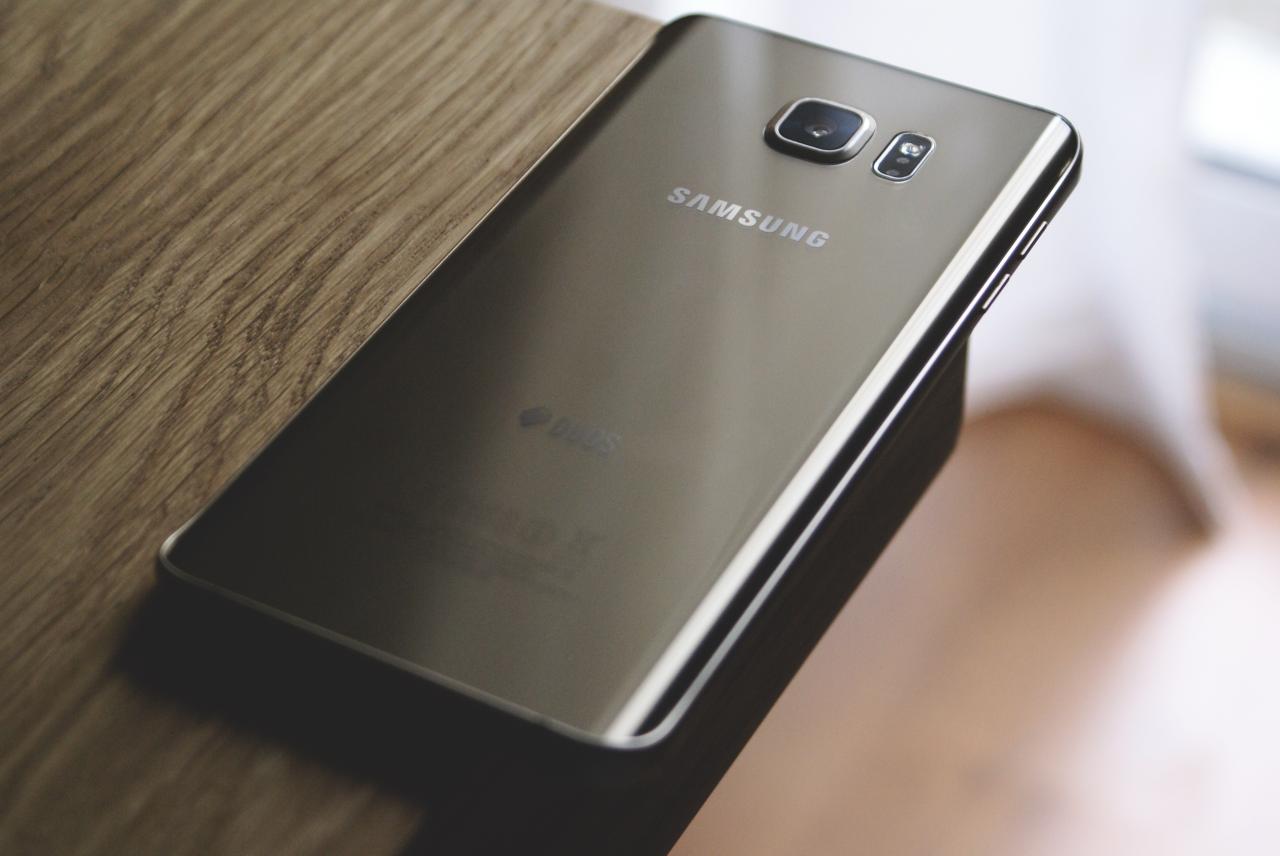
The Samsung Galaxy S II revolutionized the smartphone user experience with its sleek TouchWiz interface, which provided an intuitive and visually appealing environment for users to navigate. Its large 4.3-inch Super AMOLED Plus display enhanced visual clarity and offered vibrant colors, making for an engaging interaction with apps, media, and daily tasks.
The TouchWiz interface was designed with user-friendliness in mind, allowing for seamless multitasking and efficient app access. With customizable home screens, users could easily arrange their most-used applications and widgets, tailoring the experience to their personal preferences. Furthermore, the interface included features like Live Panels, which allowed for real-time updates from social networks and news feeds directly on the home screen, enhancing user engagement.
User Feedback on Usability and Performance, Samsung galaxy s ii
User feedback on the Samsung Galaxy S II highlighted its strong performance during daily tasks, making it a popular choice among smartphone users. Many users reported that the device handled multiple applications smoothly, thanks to its dual-core processor and 1GB of RAM. This hardware configuration allowed for uninterrupted browsing, gaming, and media consumption, which contributed to a positive user experience.
Feedback regarding the touch interface noted its responsiveness and accuracy, which facilitated easier navigation. Users appreciated the overall speed of the device, with many stating that it felt quick and fluid compared to other smartphones of the time. Key points from user experiences include:
- Fast Performance: Users frequently mentioned the device’s ability to run apps without lag, even when multitasking.
- Intuitive Navigation: The user-friendly interface made it easy for users to transition between apps and settings.
- Customization Options: Many users enjoyed the ability to personalize their home screens with widgets and shortcuts.
Comparison with Other Smartphones
When comparing the touch interface of the Samsung Galaxy S II with other smartphones released in the same era, it is essential to consider the competition, which included devices like the HTC Sensation and the iPhone 4S. While these smartphones offered solid performance and user interfaces, the Galaxy S II stood out for several reasons.
The TouchWiz interface provided a more extensive range of customization options compared to HTC’s Sense UI and Apple’s iOS, which were more restrictive. Users often reported that they preferred the flexibility of the Galaxy S II in adapting the interface to their liking. In terms of responsiveness, the Galaxy S II’s Super AMOLED Plus display offered superior color reproduction and contrast, which enhanced the overall touch experience.
Key comparisons between the Galaxy S II and its contemporaries are summarized below:
- Customization: The Galaxy S II allowed for more extensive personalization compared to the iPhone 4S and HTC Sensation.
- Display Quality: The Super AMOLED Plus technology offered brighter and more vibrant visuals than competitors’ LCD screens.
- Performance: Users often rated the S II’s performance higher, especially in multitasking scenarios, thanks to its dual-core processor.
Software and Updates

The Samsung Galaxy S II originally shipped with Android 2.3 Gingerbread, providing a solid foundation for users with its smooth performance and user-friendly interface. As a flagship device of its time, it quickly received various updates that enhanced its capabilities and user experience, reflecting Samsung’s commitment to maintaining its devices with the latest software solutions.
Subsequent updates brought significant improvements to the Galaxy S II, showcasing the importance of software updates in enhancing device performance and user satisfaction. Notably, the upgrade to Android 4.0 Ice Cream Sandwich introduced a more refined interface, improved multitasking capabilities, and access to new features that allowed users to enjoy a more modern mobile experience.
Impact of Software Updates
The software updates significantly influenced the performance and overall user satisfaction of the Samsung Galaxy S II. Each major update not only introduced new features but also improved the device’s stability and speed. Users reported better battery management and enhanced app functionality post-update, leading to a more responsive device.
The key benefits of these updates included:
- Performance Enhancements: Software updates optimized system performance, reducing lag and improving app launch times.
- Feature Additions: Users gained access to features like Face Unlock, improved notification management, and advanced camera options.
- Security Patches: Regular updates ensured devices remained protected against vulnerabilities, enhancing user confidence.
- Improved User Interface: Updates provided a cleaner, more intuitive interface, making navigation seamless and enjoyable.
The introduction of Android 4.1 Jelly Bean further refined these enhancements with features like Project Butter, which aimed at delivering a buttery smooth user interface experience by improving touch responsiveness and overall operation fluidity.
Key Features in Major Software Updates
Each major software update for the Samsung Galaxy S II introduced features that not only kept the device relevant but also enhanced user engagement. Notable features included:
- Android 4.0 Ice Cream Sandwich: This update featured a new layout with holographic elements, enhanced widgets, and a redesigned app menu.
- Android 4.1 Jelly Bean: With this update came Google Now, notifications that could be expanded, and the aforementioned Project Butter for smoother performance.
- Android 4.2: This version added multi-user support, allowing multiple profiles on the same device—a feature appreciated by families sharing a single smartphone.
Overall, these software improvements not only kept the Galaxy S II competitive but also fostered a loyal customer base that valued ongoing support from Samsung. The device’s evolution through software updates exemplifies how a manufacturer can enhance user experience and device longevity in a fast-paced tech environment.
Market Impact and Legacy: Samsung Galaxy S Ii

Upon its release in 2011, the Samsung Galaxy S II made a significant impact on the smartphone market, heralding the era of high-performance mobile devices. The combination of its sleek design, powerful hardware, and user-friendly interface resonated well with consumers and set a new standard for smartphones. It quickly became one of the best-selling smartphones of its time, with millions of units sold within the first few months of its launch, demonstrating its popularity and market acceptance.
The Samsung Galaxy S II played a pivotal role in shaping the features and designs of future smartphones. Its introduction of a larger display, lightweight build, and dual-core processor established a trend that many manufacturers would follow. The device’s AMOLED screen provided vibrant colors and deep contrasts, which would later become a hallmark of premium smartphones. Additionally, the Galaxy S II’s emphasis on a user-friendly interface, paired with robust multitasking capabilities, influenced the design philosophies of competitor devices, pushing the industry towards the optimization of user experience.
Influence on Future Smartphone Designs
The design and functionality of the Samsung Galaxy S II set benchmarks for subsequent smartphones. Several design elements and features introduced with the Galaxy S II can be seen echoed in newer devices. Key aspects include:
- Larger Screen Size: The Galaxy S II popularized the trend of larger displays, which have become a standard feature in modern smartphones, providing users with more screen real estate for apps and media consumption.
- Lightweight and Slim Profile: The use of lightweight materials and a slim profile paved the way for other brands to create sleek and portable devices, prioritizing both aesthetics and functionality.
- Enhanced Camera Capabilities: Features such as improved camera technology and software enhancements in the Galaxy S II encouraged competitors to focus more on camera quality, leading to the high-performance camera systems seen in today’s smartphones.
- Customization Options: The Galaxy S II’s customizable interface inspired future smartphone manufacturers to allow for greater personalization, enhancing user engagement and satisfaction.
The legacy of the Samsung Galaxy S II is evident in the smartphone industry today. It not only influenced design and performance benchmarks but also contributed to the competitive landscape that we see amongst smartphone brands. The focus on high-resolution displays, advanced processing capabilities, and user-centered designs can directly trace their lineage back to innovations first popularized by the Galaxy S II.
“The Samsung Galaxy S II redefined what users expect from a smartphone, influencing both design principles and technological advancements in the industry.”
In summary, the Samsung Galaxy S II’s market reception and subsequent impact have left an indelible mark on the smartphone industry, setting a high bar for competitors and shaping the features and designs of future devices, ensuring its place in smartphone history.
Questions and Answers
What was the original operating system of the Samsung Galaxy S II?
The Samsung Galaxy S II originally shipped with Android 2.3 Gingerbread.
Did the Samsung Galaxy S II receive software updates?
Yes, it received updates to newer versions of Android, including Ice Cream Sandwich and Jelly Bean.
What were the camera specifications of the Samsung Galaxy S II?
It featured an 8 MP rear camera and a 2 MP front camera, known for its quality at the time.
How did the Samsung Galaxy S II compare to other phones of its time?
It was considered one of the top smartphones due to its performance, display quality, and user interface.
What was the market reaction to the Samsung Galaxy S II upon release?
The device received positive reviews and was praised for its features, contributing to its strong sales performance.
The performance of smartphones heavily relies on their processors, and when it comes to Apple, the chip iphone is a game-changer. This highly advanced chip not only enhances speed but also improves battery efficiency, making every iPhone model a powerhouse in its own right.
On the other hand, Samsung continues to innovate with its latest flagship, the samsung s 19. Featuring cutting-edge technology and an impressive camera system, this device is designed to cater to the needs of tech enthusiasts and everyday users alike, ensuring top-notch performance at all levels.
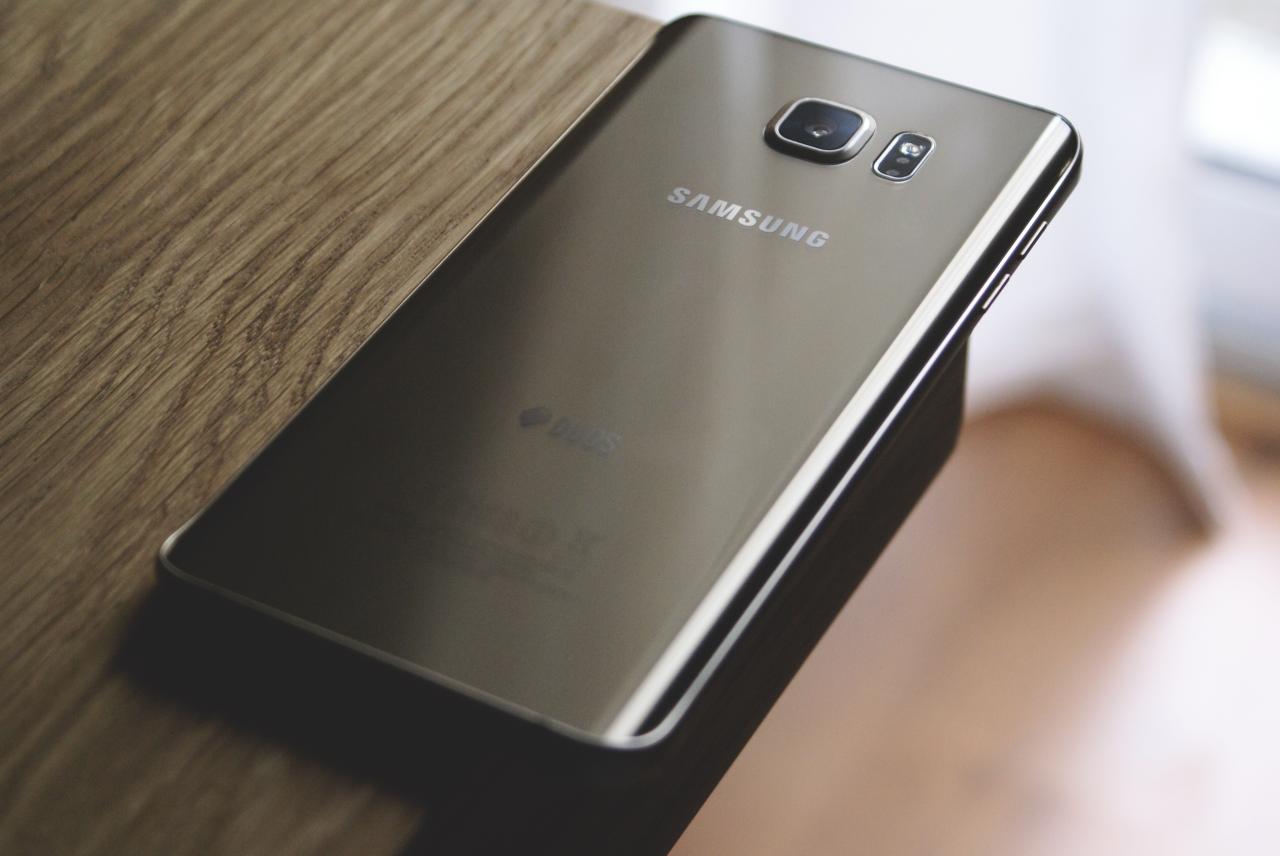
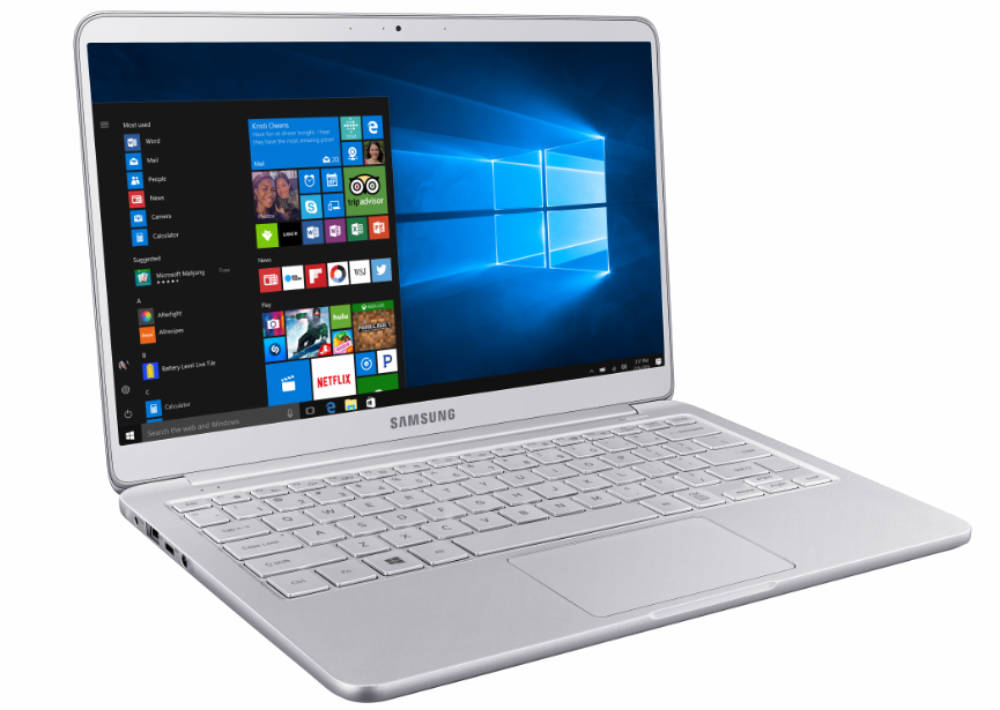


![[Insider] Samsung Galaxy S3 Price in Malaysia- RM2199 [Update 1] [Insider] Samsung Galaxy S3 Price in Malaysia- RM2199 [Update 1]](https://b12.inovatenow.biz.id/wp-content/uploads/2025/08/smartphone-technology-telephone-gadget-mobile-phone-brand-electronics-samsung-electronic-device-portable-communications-device-communication-device-1123736-2.jpg)
